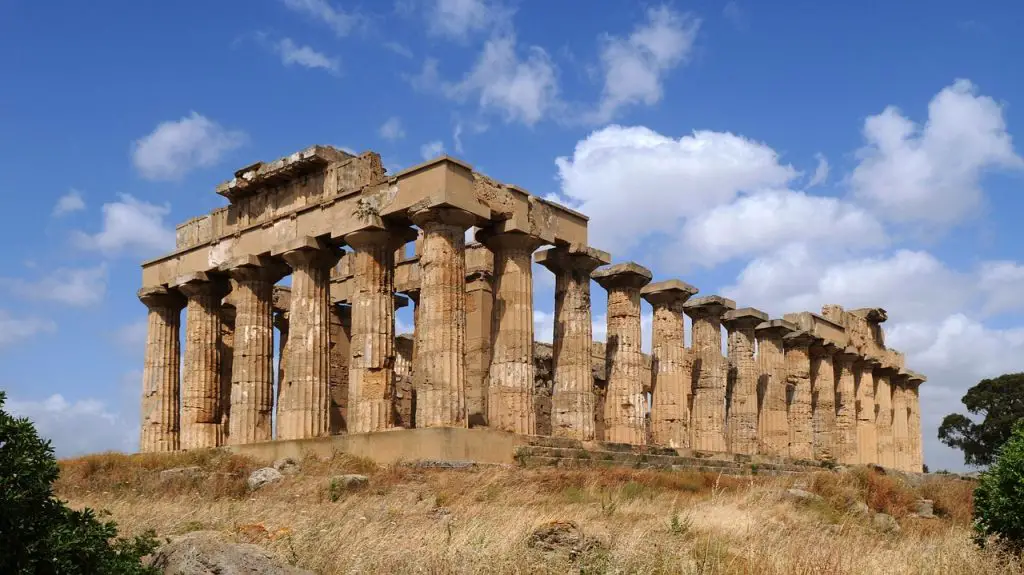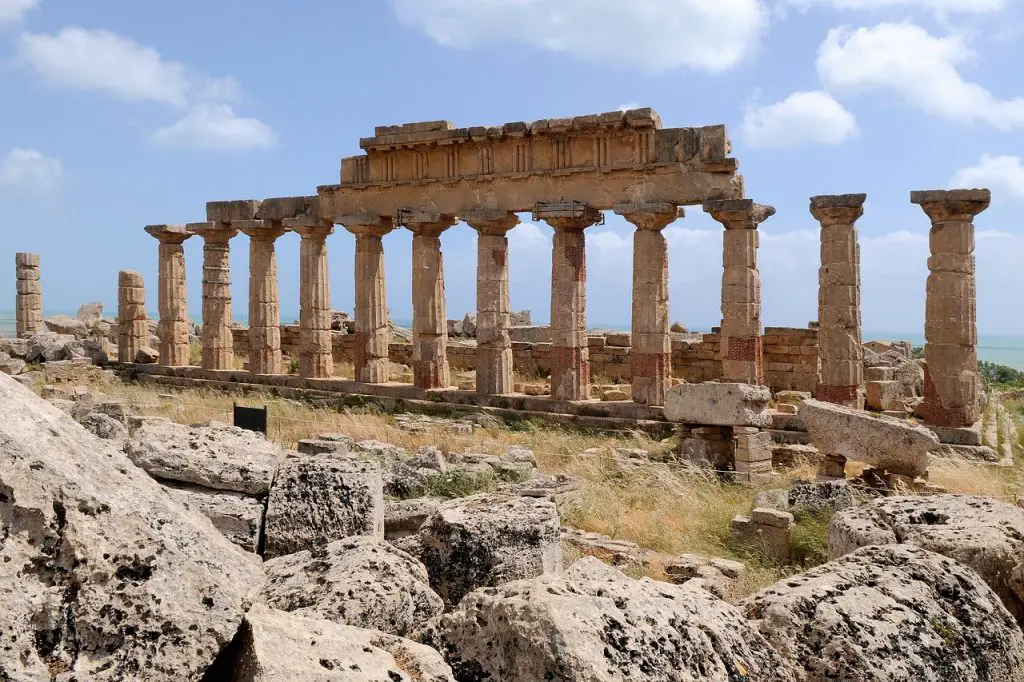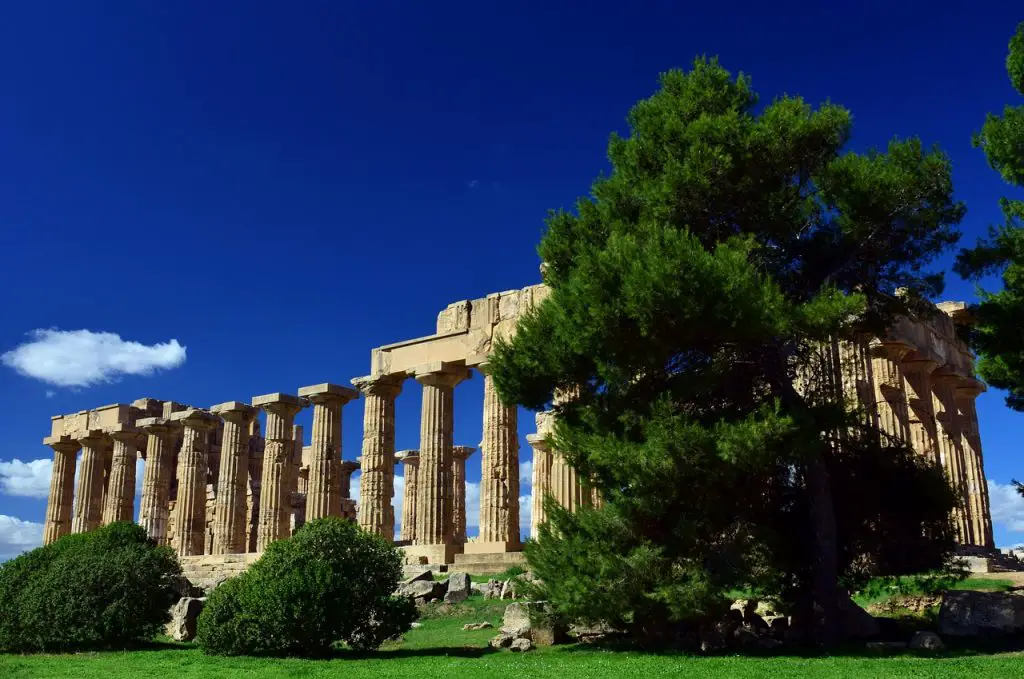The archaeological site of Selinunte is as impressive as the Valley of the Temples in Agrigento, but way less busy

On the southwest coast of Sicily, in the province of Trapani, lies Selinunte, one of the largest and most important archaeological sites in the Mediterranean. A day spent strolling around the Greek archaeological site of Selinunte, between Sciacca and Marsala, is a must on any trip to sun-kissed Sicily, the largest island in the Mediterranean.
Not far from Mazara del Vallo, the colony of Selinunte was built on a high plain overlooking the deep blue waters of the Mediterranean Sea in the 7th century BC, strategically positioned for trade routes to North Africa, and grew into a prosperous trading port. With its commercial wealth, the ancient Greek city of Selinus erected grand temples to a pantheon of Greek gods.

What to see in Selinunte
Wandering around its impressive array of temples and other ruins, it is easy to imagine the ancient town of Selinus as it would have been 2500 years ago, before it was attacked, defeated and destroyed by Carthaginian forces in 409 BC. From being one of the most eminent cities in Magna Graecia, Selinunte became a ghost town and was forgotten until its rediscovery in the 16th century.
One of the most impressive ancient Greek sites in Sicily, the site of Selinus is huge and incorporates Greek temples and the remains of both commercial and residential buildings. Flanked by long glorious sandy beaches that stretch for miles on either side, Selinunte is now the largest archaeological park in Europe.
The vast Acropolis of Selinunte still has an air of noble, albeit faded, beauty, and the shrub and vegetation add an air of wildness to the site. The ground around its temples and Hellenistic agora is covered in fennel, sea holly, poppies and the wild celery – selinon in Greek – that gave the colony its name.
The eastern temples are the most stunning of all Selinunte’s jumbled ruins. The majestic Temple E, also known as the Temple of Hera, was erected in the 5th century BC and reconstructed in the 1950s.

Probably dedicated to Zeus, Temple G was built in the 6th century BC and was one of the biggest temples of the ancient world. It is now a massive pile of rubble. Temple F is the oldest temple on the site.
Huddled in the south-eastern part are five temples:
- Temple A and Temple O, built between 490 and 480 BC and dedicated to the twins Castor and Pollux;
- Temple B, dedicated to the Agrigentan philosopher Empedocles;
- Temple C, built in the 6th century BC and dedicated to either Apollo or Heracles;
- Temple D, built in the late 6th century BC and dedicated to either Athena or Aphrodite.
The stones used to build the sacred temples in the ancient Greek city of Selinus came from the nearby Cave di Cusa, an ancient stone quarry about 12 miles north of Selinunte, which we strongly recommend you also visit.
The best time to visit the archaeological park is definitely spring, when you can admire the colours of the wild flowers and herbs that pepper the vibrant green grass.
There are two entrances to the Greek archaeological site, one from Triscina to the west and one from the charming seaside village of Marinella di Selinunte to the east. A trip to Selinunte is a great family day out, especially if you combine it with a visit to the beach at Marinella, one of Sicily’s most picture-perfect beaches, with a long stretch of golden sand and excellent fish restaurants.

While visiting the ruins of the Greek temples of Selinunte, you can even stay in a private, upscale, self-catering vacation home in the surrounding area, distinguished by its paradisiacal golden beaches, crystalline waters, luscious vineyards, olive groves and fishing ports.